SinoOcean Taikoo Li Chengdu
Located in the heart of Chengdu, Sino-Ocean Taikoo Li Chengdu is an open, low-density block shopping mall developed by Swire Properties (Swire Properties) and Ocean Properties (Ocean Properties).
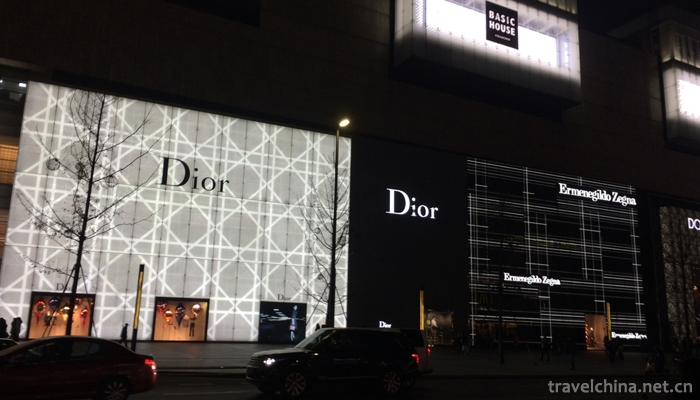
Chengdu Oceanic Taikooli is located at Chunxi Road subway station, enjoying the advantages of superior traffic and people flow, and adding unique historical and cultural charm to the neighboring Millennium Temple Daci Temple.
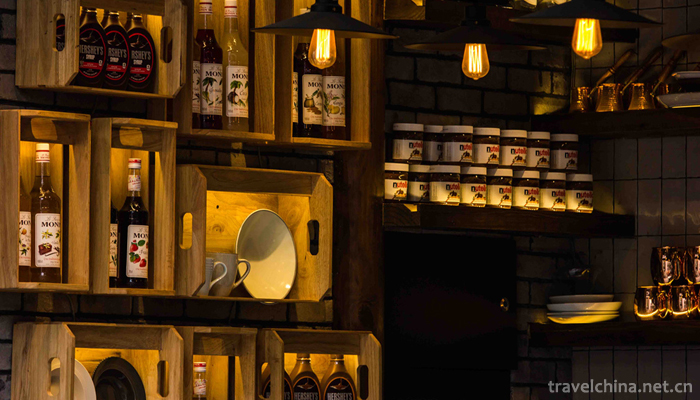
The Chengdu Oceanic Taikooli Project has a unique style, with a wide range of space and space, in order to present different urban pulse, and introduce the concept of fast and slow, to establish a trend model of international metropolis. It is worth the fun of life, the casual taste of the metropolis, the exquisite restaurant, the unique atmosphere of history, culture and business, which makes people enjoy the good times in the busy city center.
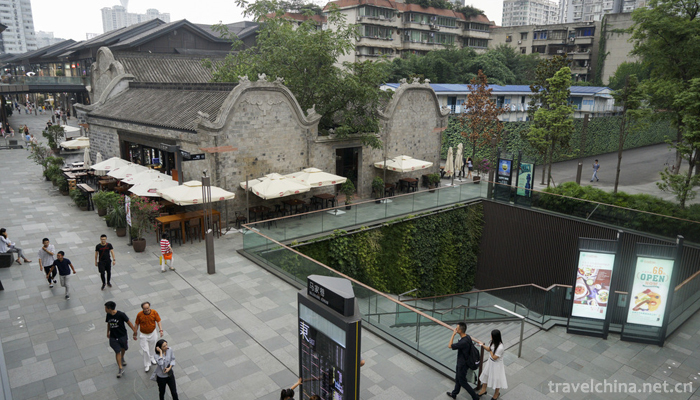
Chengdu Oceanic Taikooli opened in phases in 2014, bringing together a series of international first-line luxury brands, trendy apparel brands, Michelin-starred restaurants and well-known restaurants at home and abroad.
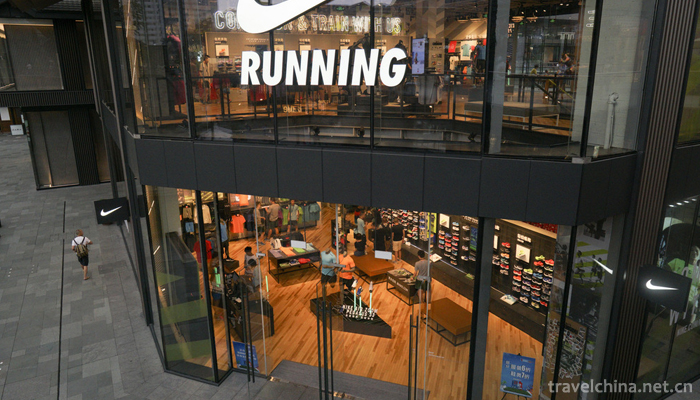
Nature is within reach, and the sky is different.
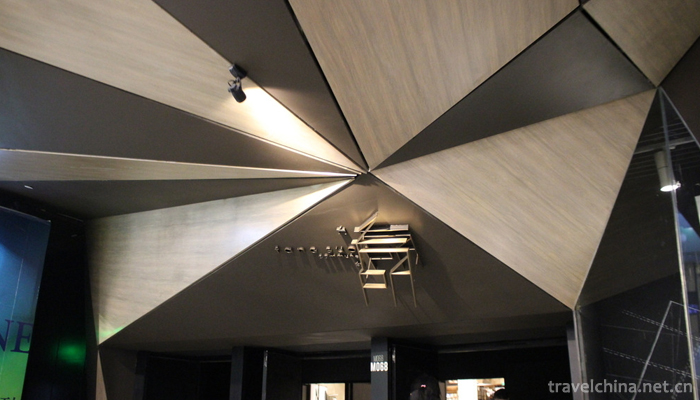
Chengdu Ocean Pacific is located in the center of Chengdu, with convenient
transportation. north
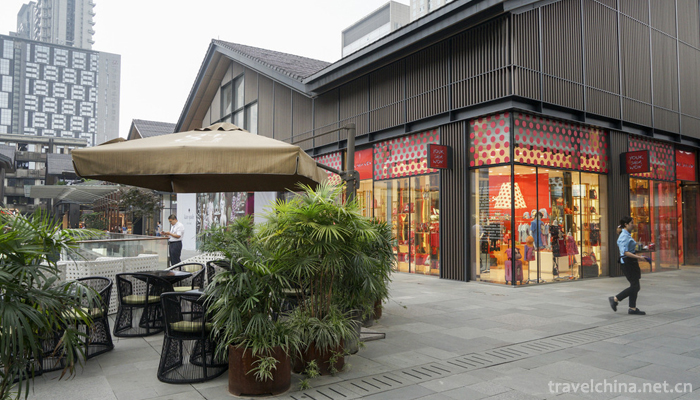
Linda Cisi Road, West Samao Street, South East Street, and Chengdu Metro Line 2 and 3 Chunxi Road Interchange Station directly connected. At the same time, the historic Daci Temple is adjacent to the crowded commercial district of Chunxi Road. Chengdu Ocean Archaeology is an open, low-density neighborhood shopping center with a total floor area of more than 100,000 square meters (more than 114,000 square feet).
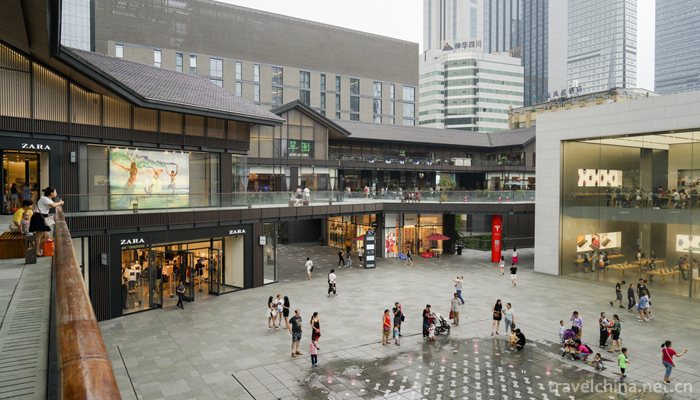
Unlike the traditional indoor shopping mall, the architectural design of Chengdu Ocean Archaeology is unique, and the concept of "open interior" based on the people runs through the whole process. Chengdu Ocean Architecture is both traditional and modern, creating an open and free urban space by preserving ancient streets and historic buildings, merging into 2-3 stories of single building, the roof and grille of Qingwapo in Western Sichuan style, and large area glass curtain wall. In the increasingly crowded and growing urban center, Chengdu Ocean Archaeology retains a low-density open space, sunshine and rain, birds and flowers, all kinds of experiences become direct and different.
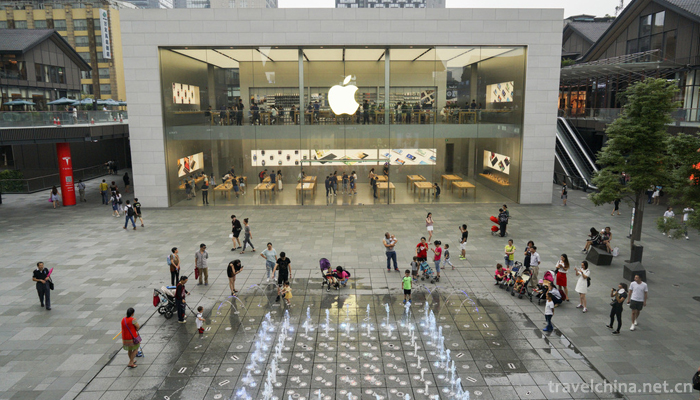
Inheriting history and culture, revitalize the city centre
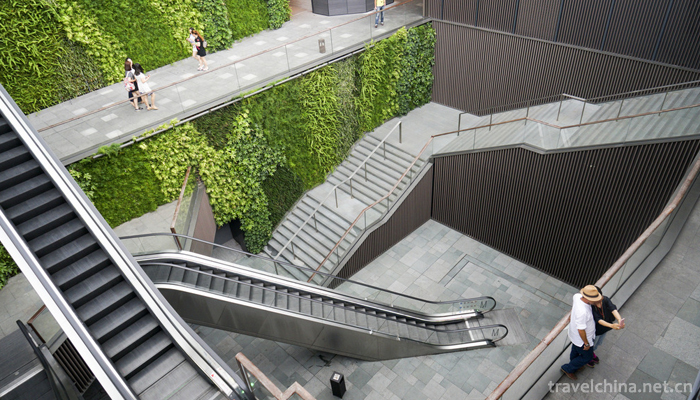
The Oval Partnership, the architectural design consultancy of Chengdu Ocean Architecture, has always insisted that an excellent space not only precipitates the city's culture and history, but also provides an open platform for contemporary ideas. Beijing's alleys, Manhattan's mansions, and Roman churches collide with a long history and a new culture. People and events of old and new weave a colorful picture of the city.
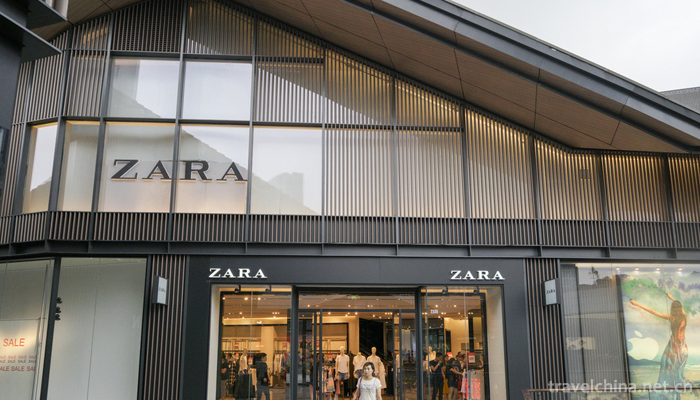
Chengdu ocean ocean is very important in carrying out the culture and history of urban space. Located in the Daci Temple area with a strong historical and cultural atmosphere, Chengdu Ocean Archaeology adheres to the design concept of "modern interpretation of tradition" and injects the cultural spirit of Chengdu into the architectural community. The color and texture of the city, the leisure and tolerance of Chengdu people, and the local characteristics of every bit will be in the houses, streets and wide areas. The scene is presented one by one. In view of the six ancient buildings in the project, Chengdu Ocean Architecture Design Institute of Tsinghua University has been invited as an ancient building consultant to protect and repair the historical buildings. On the basis of following the original proportion of ancient buildings, adopting the latest international protection and restoration system, integrating more cultural creativity and new understanding of architectural conservation, tailoring their future uses according to their respective architectural styles, and maximizing the preservation and continuation of their historical and cultural values. The simple and elegant architectural style of Western Sichuan, the ancient streets and lanes inherited to this day, and the cityscape and humanistic charm of old Chengdu can be retained and re-emerged. The relaxed and pleasant city center is about to re-emerge its vitality, and the future is more likely to be continued.
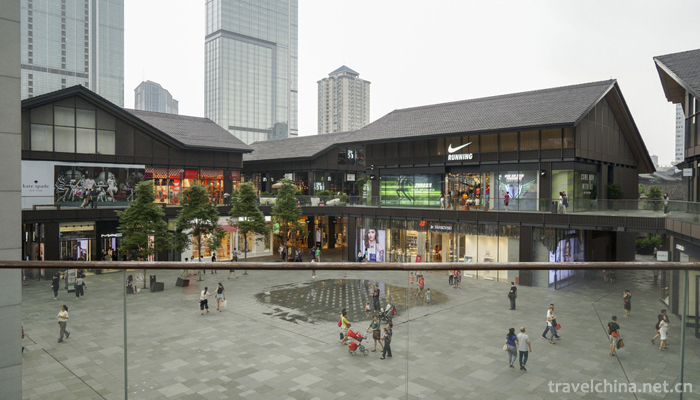
Man and nature, culture and art echo each other.
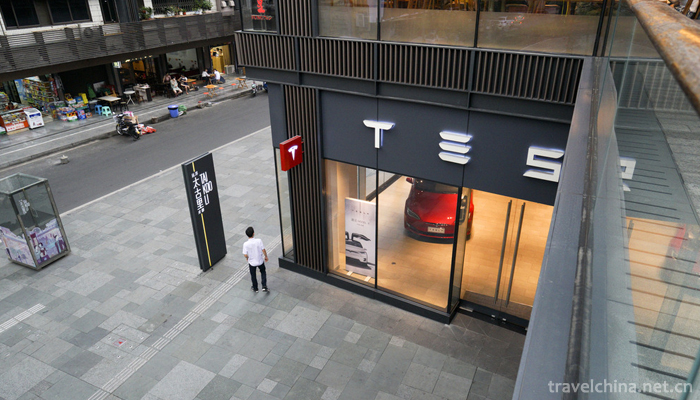
Taking into account the international perspective and regional characteristics, Chengdu Ocean Archaeology invites artists at home and abroad to tailor 21 pieces of ingenious works of art, many of which come from women artists. With the theme of man, nature and culture, these works of art, which blend Eastern and Western ideas, either in the form of plants, or in the form of natural scenery, or in the elements of life, set beautiful moments in a fixed frame, precipitate the beauty of art under the open sky, so that the urban people who grow up here feel a simple truth.
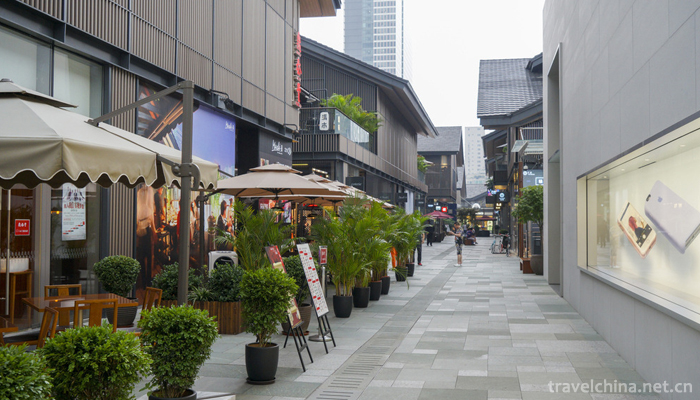
Placed in the Man Square, "Wandering" from the hands of artists Blessing Hancock and Joe O'Connell, clear lights penetrate the sculpture, the eastern and Western poets'philosophies scattered across the square, the light of wisdom shines again; from the artist POLO's "Father and Son" will be the deep feelings between father and son, through the vivid life scene. Perfect display, the warm alley of family love; a purple and bright petal in The Big Flower tells the story of Jenny Pickford's thinking about nature and the city; and another female artist, Sophie Nielson, shows human's infinite longings and good hopes for the sky fully in the film. Open space.
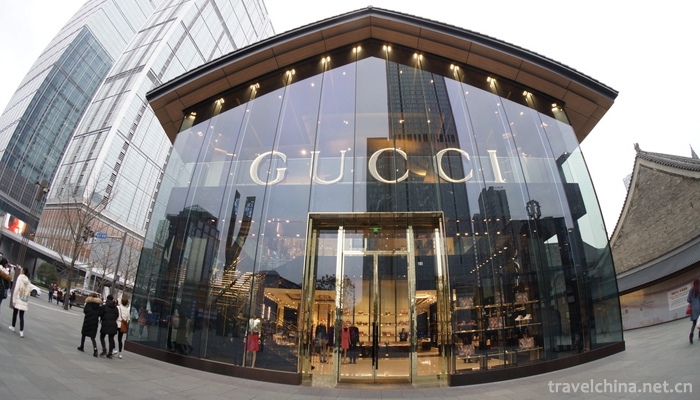
In order to get closer to the citizens of Chengdu, Chengdu Ocean Pacific is going to start the art of famous activities. Three selected works of art closely related to Chengdu's culture will be opened to the public, opening up the interaction between people and art, culture and urban space, and welcoming the contributions of citizens'friends.
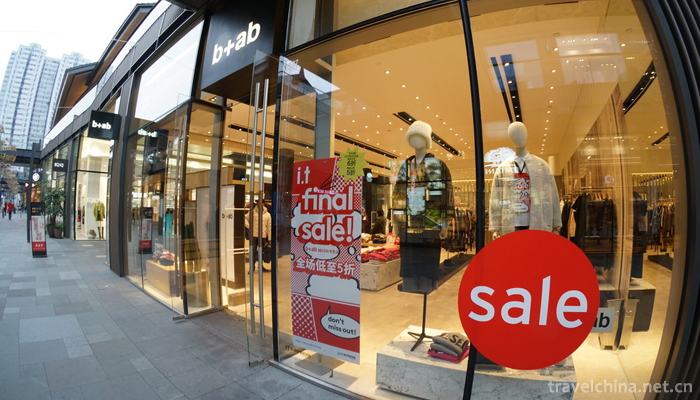
Perfect fusion of "fast lane" and "slow lane"
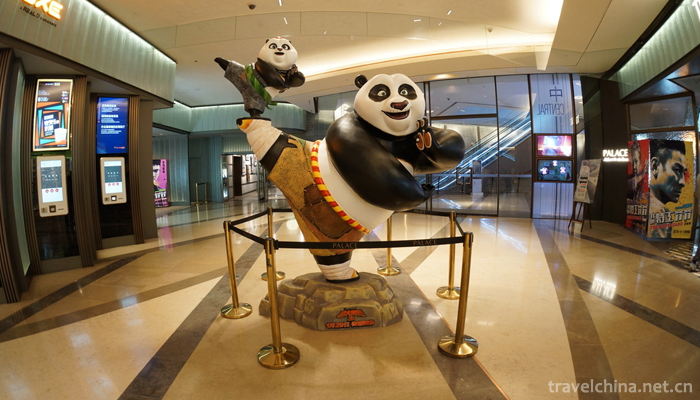
The word "li" in Chengdu Ocean Archaeology means "street", and as the name suggests, it is here that the vertically and horizontally intertwined alleys make Chengdu Ocean Archaeology unique. On the basis of a thorough understanding of Chengdu as a city and the living habits of Chengdu consumers, Chengdu Ocean Archaeology has made a reasonable combination of its format, especially the introduction of the concept of "fast mile" and "slow mile".
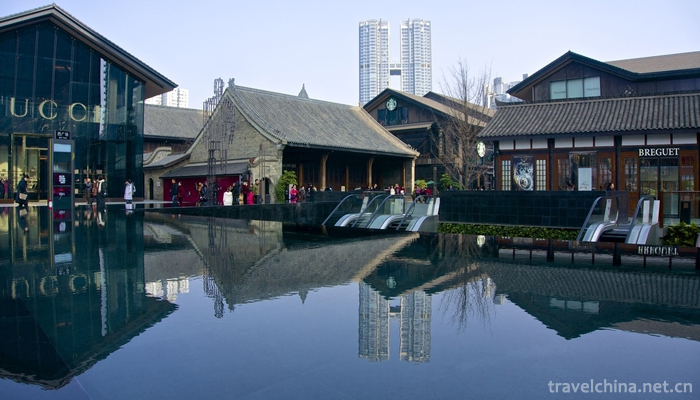
"Fast Living" consists of three splendid shopping streets running through two crowded plazas, East and West. Many international brands will display their flagship image in single or duplex stores, providing Chengdu people with a "fast" and dripping "street" enjoyment. Hermes Handicraft Festival is coming to Chengdu, and the 100-year-old quality of craftsmanship will tell the story behind each piece of art. The new Gucci flagship store perfectly integrates open space, warm luxury building materials and natural light to create a fashionable retail space that is totally different from the traditional model, highlighting its exclusive ownership of Gucci. The appearance of Hugo Boss Hugo Boss's flagship store in southwestern China will bring more boutique choices to Chunxi Road.
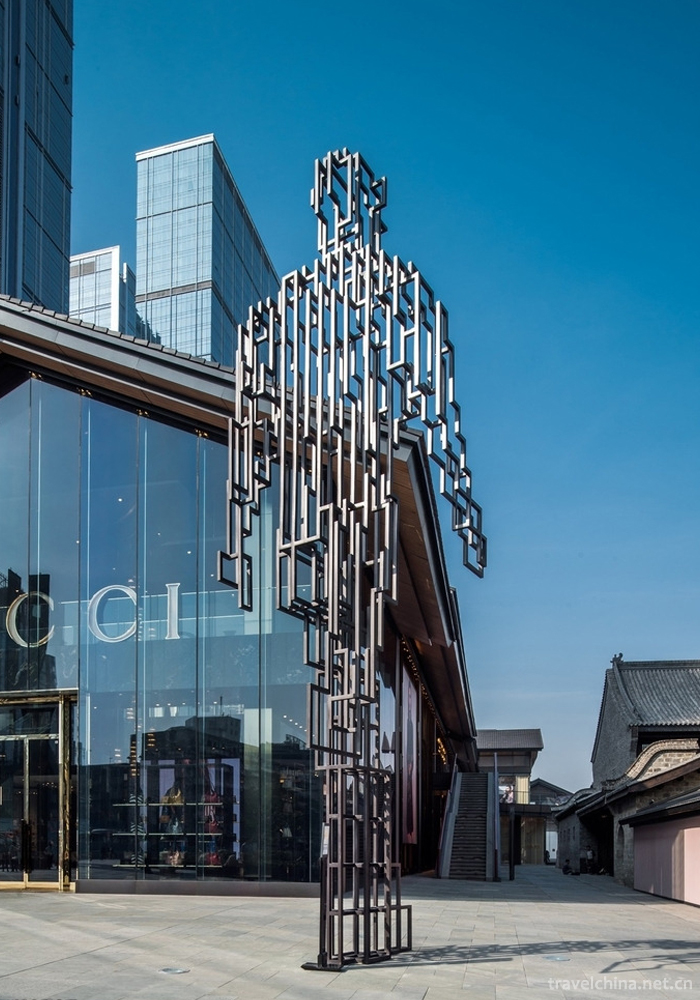
"Slow lane" is a slow life Lane built around Da CI temple, with slow adjustment as the theme. The interesting life, the leisure taste of the metropolis, the exquisite restaurants, the unique atmosphere of blending history, culture and commerce, present another moving face of Chengdu Ocean Archaeology. Michelin Star Restaurant is fighting with Dingtaifeng to bring top quality delicacies; Jade Garden Flagship of Hong Kong Meixin Group will offer creative Cantonese dishes; Element Fresh New Element Restaurant, Wagas Vogos, Blue Frog Blue Frog, Lian Lian, Must Guette Red Mailbox, ABC Cooking Studio, Gloria Jeans Coffee, The City Harvest, the gourmet restaurant, will also be unveiled in Chengdu for the first time; Starbucks'first all-black apron store in the southwestern region with a gold standard of service, and Haagen-Dazs' first bar concept store outside Shanghai will bring a new consumer experience to Chengdu.

In
addition to delicate food, "Slow Mile" will also introduce a variety
of cultural life brand, for the busy city into a better life concept. A place
that covers bookstores, aesthetic life, exceptional clothing and coffee, a
collection of world-class design products, stationery, and selected books, the
legendary notebook brand Moleskine, the Centennial tea King Dezhuan, the
technology and fashion perfect combination of Drivepro, the Beast, the
emotional Beast, so that busy urbanites here Slow down and meet the beauty of
life.

With the blending and collision of the ancient charm of history, the elegance of humanities, the glory of art and the atmosphere of shopping and leisure in the streets and lanes, a colorful public space with different levels and full of flavor of life emerges as the times require, and a brand-new city center will soon be unveiled. The wonderful activities are staged one by one, and the interesting life begins. Go into a sky and experience great differences.
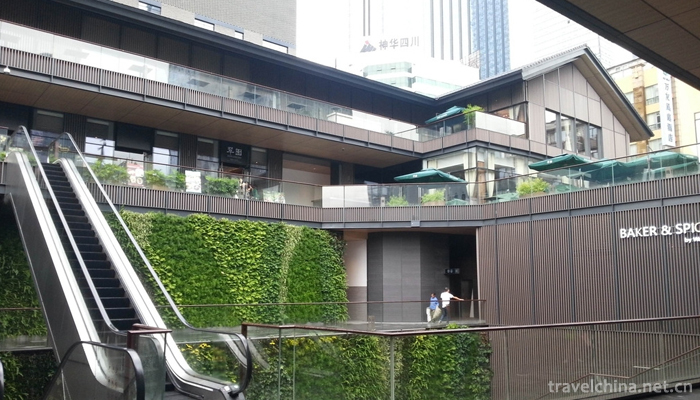
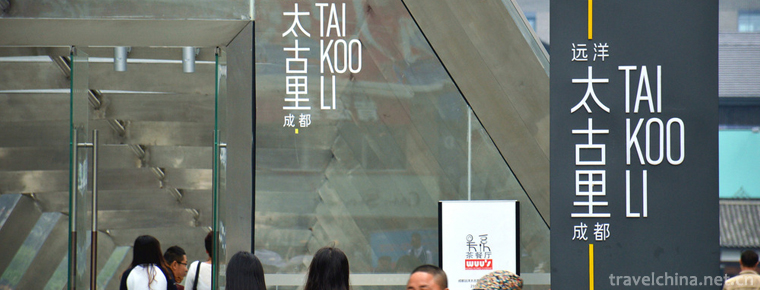
-
1.Guangfu Ancient City Scenic AreaHandan City Hebei Province
Yongnian Guangfu City, also known as Yongnian City , Guangfu Ancient City , Ancient City , Guangfu City , Shuicheng , Taiji City , Shuicheng , is located in the southeast of Hebei Province
Time 2018-11-24 -
2.Dalian Modern Museum
Dalian Modern Museum is located at No. 10 Convention and Exhibition Road, Shahekou District, Dalian City. It is located in the northwest side of Xinghai Square. It is the first comprehensive museum na
Time 2019-01-07 -
3.Cangzhou Wushu
Cangzhou people have been known for their simplicity, integrity, diligence and bravery since ancient times. Because of the relationship between geography and historical conditions
Time 2019-04-04 -
4.Tibetan Medicine
Tibetan medicine is a bright pearl in the treasure house of Chinese medicine. The Tibetan people living in the snow-covered plateau for generations have accumulated
Time 2019-04-05 -
5.Three Old People of Korean Nationality
Three Koreans are the traditional folk opera form of the Korean nationality in China. It is composed of three actors who perform in the role of the elderly and merge the forms of Korean opera singing
Time 2019-04-16 -
6.GA Da Meilin
Gadamelin (1892 - April 5, 1931), Mongolian, surname Molettu (translated into Chinese as Meng), Nadamud, Han name Meng Qingshan, also known as Yexi, Mongolian legendary hero. Born in Zhelimu League
Time 2019-04-30 -
7.Music of Lantian Puhua Water Club
Lantian Puhua Water Concert Music is a kind of folk blowing music which has been circulated in Puhua Town of Lantian County, Shaanxi Province for more than 1000 years
Time 2019-05-11 -
8.Wharf song
The dock number is a traditional folk song in Shanghai. Singing in docks, cargo yards, loading and unloading, lifting, push and pull and other labor occasions. The main singing methods of wharf number
Time 2019-05-16 -
9.Legend of West Lake
The legend of West Lake is one of the local folklores in Hangzhou, Zhejiang Province. It is a national intangible cultural heritage list. Xihu beautiful mountains and rivers, snowflakes and moons, sin
Time 2019-07-01 -
10.Golden Gong dance of Yao nationality
In November 2014, the Golden Gong dance of Yao nationality declared by Tiandong County of Guangxi Zhuang Autonomous Region was listed in the fourth batch of national intangible cultural heritage list
Time 2019-07-11 -
11.Guangdong embroidery
Guangdong embroidery is the general name of Guangzhou embroidery (Guangzhou embroidery) and Chaozhou embroidery (Chaozhou embroidery). It is one of the four famous embroidery in China.
Time 2019-07-16 -
12.Chinese history
Chinese history From China Chinese civilization To the present history. China has a long history. Since the Huangdi tribe Ji Xuanyuan (also known as the Gong sun Xuanyuan) period has been counted for
Time 2019-08-28